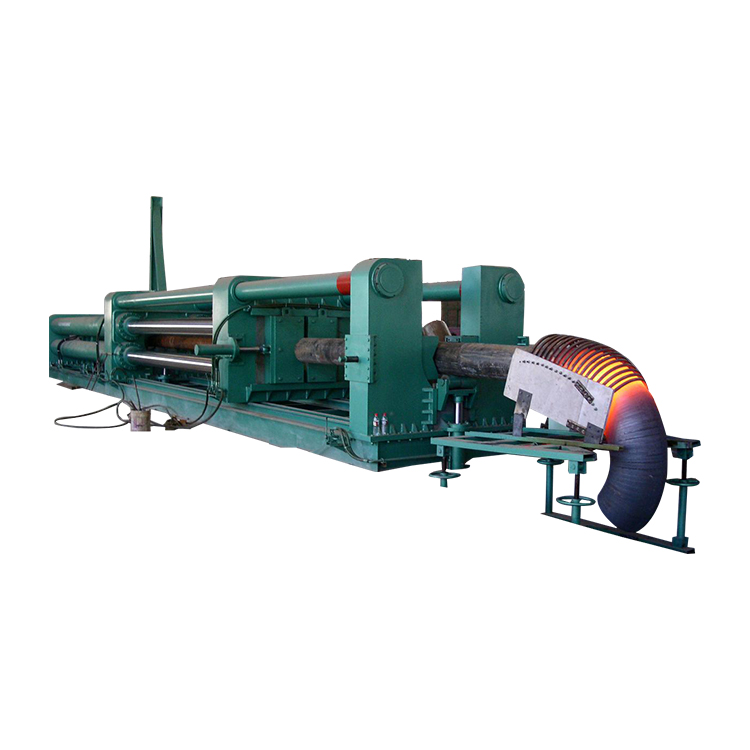| The elbow machine is a key piece of equipment used in aviation, aerospace and other engineering fields, which is capable of producing powerful thrust. Thrust refers to the forward force exerted by the engine, which is the key force to push the aircraft or other transportation vehicles forward. The thrust of a elbow machine depends on a number of factors, including engine design and performance, fuel type and quality, and environmental factors such as air pressure and temperature.
First, understanding how a elbow machine works is crucial to understanding its thrust. Elbow engines are usually jet engines, the most common of which are turbojet engines. Turbojet engines include a series of compressors, combustion chambers and nozzles. Compressors compress the air, then mix it with fuel and burn it. The high-temperature and high-pressure gas produced by the combustion is expelled through the nozzle, creating a backward thrust.
The thrust of a turbojet depends on a number of factors. The first is engine design and performance. Different types of engines have different thrust generation capabilities. For example, turbojets typically have more thrust than turboprop engines because turbojets have a higher jet speed and thus produce more thrust. In addition, engine design parameters, such as the size and shape of air intakes and nozzles, also affect the amount of thrust.

Fuel type and quality are also important factors affecting the thrust of elbow machine. Different types of fuel have different densities and can therefore produce different thrusts. For example, jet kerosene typically has a higher density and can produce more thrust. At the same time, the quality of the fuel also affects the amount of thrust. The greater the mass of the fuel, the greater the thrust.
Environmental factors also affect the thrust of the elbow machine. For example, changes in air pressure and temperature can have an impact on engine performance.
In addition to the above factors, there are other factors that will also affect the thrust of the elbow machine. For example, the mass and load of the aircraft, the working state and adjustment of the engine. Changes in these factors can have an impact on thrust.
To sum up, the thrust of the elbow machine depends not only on the design and performance of the engine, but also on the fuel type and quality, environmental factors, and a range of other factors. Because the design and configuration of each elbow machine is different, the exact value of thrust will vary from model to model. Therefore, when accurately evaluating the thrust of the elbow machine, the above factors need to be considered in detail, and analyzed and calculated in combination with the specific model and configuration.
For more knowledge about elbow machine, please pay attention to our website: What is the thrust of the elbow machine?
|